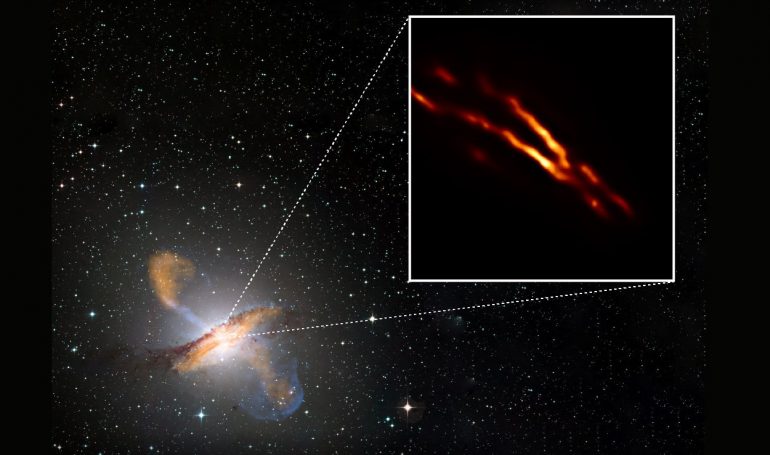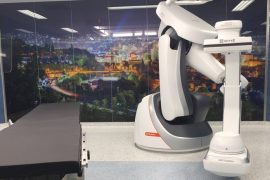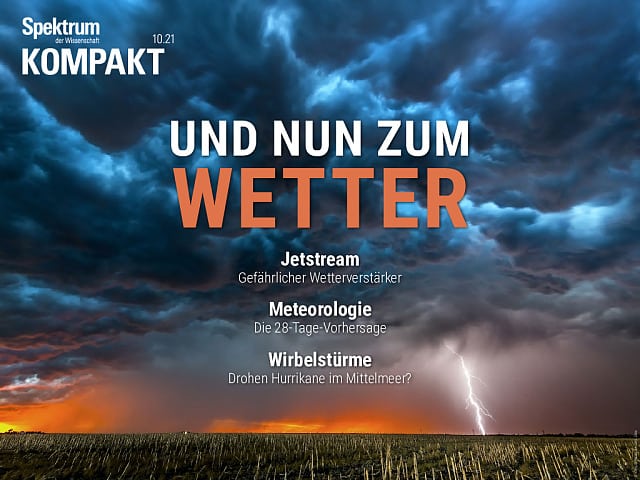The Event Horizon Collaboration’s Earth-spanning telescope network has targeted another black hole: the center of the galaxy Centaurus A, some 13 million light-years away, that is particularly “loud” in the radio wave range. Instead, the images show the jet in a resolution previously unachievable. Among other things, it can be seen that its characteristics match the radiation streams and particles of the much larger black hole M87*, but also that the edge of the jet emits most of the radio radiation. This calls into question several theoretical models of how jets work.
When active black holes eat away at matter, they often create huge jets of highly accelerated particles and radiation. These run at nearly the speed of light and transport energy and matter into space over great distances – often far away from the black hole’s parent galaxy. But how and where these streams of radiation and particles originate and where their enormous energies come from is not clear. The distinction between the different types of black holes with respect to their jets is also only partly known because most high-resolution images and data are missing. This is where the Event Horizon Telescope (EHT) comes into play: because the resolution of its radio telescopes, which are coupled together via interferometry, match that of an Earth-sized antenna, it can spot distant jets. can also depict more accurately. All the telescopes in front of him.
Centaurus A jet in view
One of the objects the EHT focused its attention on as part of its observations is the black hole at the center of the galaxy Centaurus A, which lies about 13 million light-years away. Its active galaxy core was identified as one of the first and most numerous. Powerful cosmic radio source in early 1949. “Centaurus A is the closest radio source to Earth,” explains Michael Jansen of the Max Planck Institute for Radio Astronomy in Bonn and his colleagues. Therefore it has already been investigated in almost all electromagnetic wavelengths. From this data we know that the black hole at the center of the galaxy must be about 55 million solar masses. “In terms of mass and accretion rate, it lies between the six-and-a-half billion solar-mass supermassive black hole in galaxy M87 and about four million solar masses at our galactic center,” the astronomers say. It was also known from earlier observations that Centaurus A* like M87* produces a jet.
Jensen and his team observed the jet and its possible origin using the Event Horizon Telescope. To do this, they used data from eight radio telescopes, which are located mainly in the Southern Hemisphere and thus have a clear view of Centaurus A. These included the Atacama Large Millimeter/submillimeter Array (ALMA) and Atacama Pathfinder Experiment (APEX) in Chile, the James Clerk Maxwell Telescope in Hawaii, and the South Pole Telescope in Antarctica. In a concerted action on April 10, 2017, the telescopes aimed their antennas at Centaurus A for six hours and captured radio radiation in the range of about 1.3 millimeters wavelength. The processing of your data now results in the most accurate radio recording of the Centaurus A’s jet ever.
very light edge
The new recording shows Centaurus A with a nominal resolution of 25 micro-arcseconds – 16 times higher than the previous recording – and a frequency ten times higher. “This allows us, for the first time, to probe an extragalactic radio jet on a scale smaller than the distance traveled by light in a day. We closely observe that a tremendously massive jet starting from a supermassive black hole How is it born,” says Jensen. The pictures show one of the two jets pointing to the northeast and coming at us at an angle. To the opposing jets directed to the southwest Much less can be observed strongly. In its core composition and salient features, Centaurus A’s jet matches that of the much more massive black hole M87*. “With our observations, we are demonstrating that there is a fundamental relationship to activity And black hole jets are valid for objects of both sizes,” the astronomers report.
One feature that both jets show is particularly interesting: the jet exiting the center of Centaurus A is even brighter at the edges than at the center. This phenomenon has already been observed in other jets, but has never been shown in this description. “We can now exclude all theoretical jet models that cannot brighten this edge. This is a surprising observational feature that will help us better understand the jets generated by black holes,” said co-authors from the University of Würzburg. -Says author Matthias Kadler. The EHT images provide the first close-up look at the location of Centaurus A. Jensen’s black hole and his team was able to trace the jet’s origin back to a region that, from our point of view, only the size Also, their data suggest that the shadow of this supermassive black hole may be visible at radio frequencies of a few terahertz and with a telescope network that includes an orbiting radio telescope.
Source: Michael Janssen (Max Planck Institute for Radio Astronomy, Bonn) et al., Nature Astronomy, DOI: 10.1038/s41550-021-01417-W

Web guru. Amateur thinker. Unapologetic problem solver. Zombie expert. Hipster-friendly travel geek. Social mediaholic.





